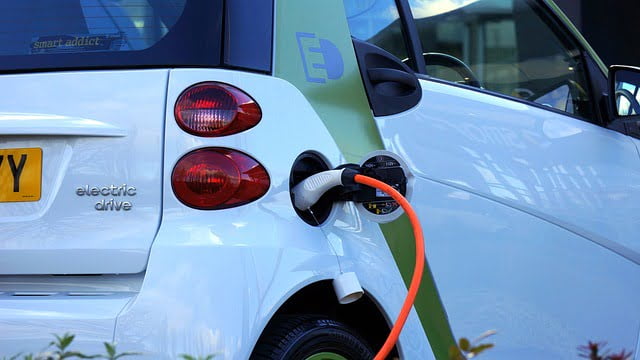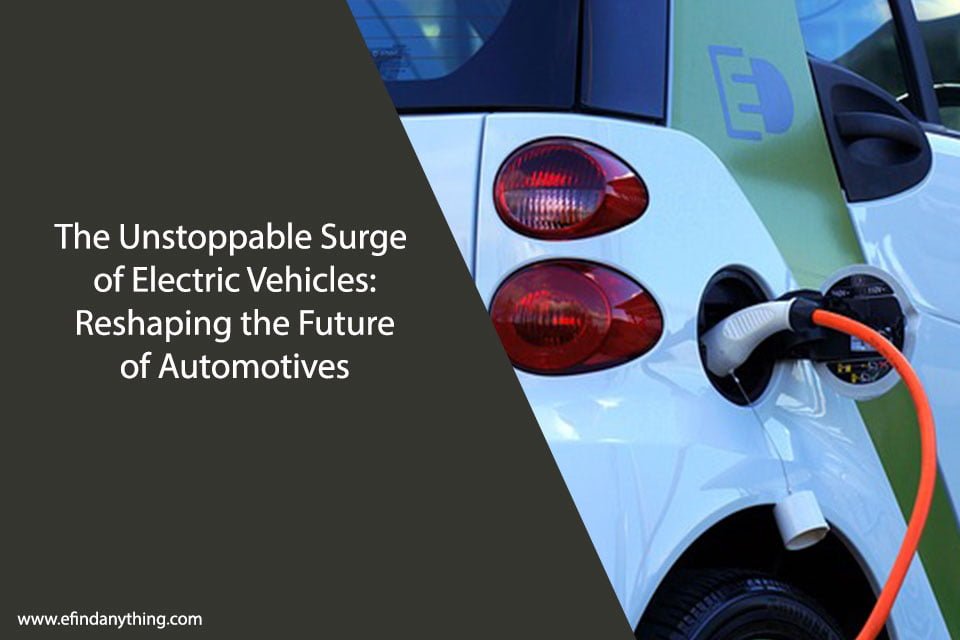
In recent years, the automotive industry has witnessed an unstoppable surge in the adoption of electric vehicles (EVs). With their eco-friendliness, efficiency, and advanced technology, EVs are reshaping the future of transportation. This blog post explores the key factors driving the rise of electric vehicles and the impact they have on the automotive industry.
Table of Contents
1. Environmental Concerns & Sustainable Solutions
As global awareness about climate change and environmental issues grows, consumers are increasingly seeking greener transportation options. Electric vehicles have emerged as a sustainable solution, producing zero tailpipe emissions and reducing greenhouse gas emissions. By transitioning to EVs, we can significantly reduce our carbon footprint and mitigate the harmful effects of air pollution.
2. Technological Advancements & Range Anxiety
One of the significant challenges for electric vehicles was range anxiety – the fear of running out of battery power during long journeys. However, with technological advancements, EVs now offer impressive ranges, making them more practical and convenient for daily use. Innovations in battery technology have improved energy storage capacity and reduced charging times, addressing the concerns of potential buyers.
3. Government Initiatives & Incentives
Government support plays a crucial role in accelerating the adoption of electric vehicles. Many countries have implemented policies and incentives to promote the purchase and use of EVs. These include tax rebates, grants, and subsidies for EV buyers, as well as the installation of charging infrastructure across cities. Such initiatives have made electric vehicles more affordable and accessible for consumers.
4. Cost Savings & Efficiency
While the initial cost of purchasing an electric vehicle might be higher than that of a traditional gasoline-powered car, EV owners enjoy significant long-term cost savings. Electric vehicles have lower maintenance costs due to fewer moving parts and no need for regular oil changes. Moreover, electricity is generally cheaper than gasoline, resulting in reduced fueling expenses. As technology advances and economies of scale come into play, the cost of EVs is expected to further decrease.
5. Improved Performance & Driving Experience
Contrary to popular belief, electric vehicles offer impressive performance and a thrilling driving experience. Electric motors provide instant torque, delivering quick acceleration and smooth power delivery. Additionally, EVs are quieter and provide a more comfortable ride due to reduced vibrations. With continuous advancements in electric vehicle technology, we can expect even more exciting features and improvements in the future.
6. Charging Infrastructure Expansion
The availability of a robust charging infrastructure is crucial for the widespread adoption of electric vehicles. Governments and private companies are investing in expanding the charging network, with more charging stations being installed in public places, shopping centers, workplaces, and residential areas. The growth of fast-charging technology allows for shorter charging times, making EVs more convenient for long-distance travel.
7. Market Disruption & Industry Transformation
As electric vehicles gain popularity, the automotive industry is undergoing a significant transformation. Traditional automakers are investing heavily in research and development to bring new electric models to market. At the same time, new players, such as Tesla, have emerged as leaders in the EV market, pushing the boundaries of innovation. This disruption is driving competition among manufacturers, resulting in more affordable and technologically advanced electric vehicles.
8. Plate Fin Heat Exchanger
An integral part of Electric Vehicles’ performance is the efficient management of thermal energy. This leads us to the significant role played by the plate fin heat exchanger. This device efficiently transfers heat between different fluid streams, ensuring optimal thermal management in the vehicle’s battery and electrical systems. The design maximizes the surface area of the plates, and the fins increase heat transfer efficiency by creating turbulence in the fluid flow. This ensures the EV’s performance is maintained at optimal levels, and extends the life of crucial components, thereby enhancing the overall efficiency and reliability of electric vehicles.
The surge of electric vehicles is reshaping the future of the automotive industry. With their environmental benefits, technological advancements, cost savings, and improved driving experience, EVs have gained traction worldwide. Government initiatives, expanding charging infrastructure, and market disruption are further propelling the growth of electric vehicles. As we move forward, it is clear that electric vehicles will continue to dominate the automotive landscape, paving the way for a greener and more sustainable future.





